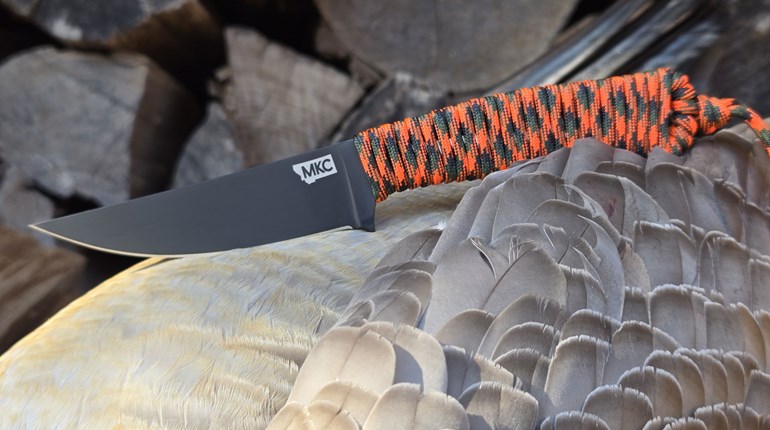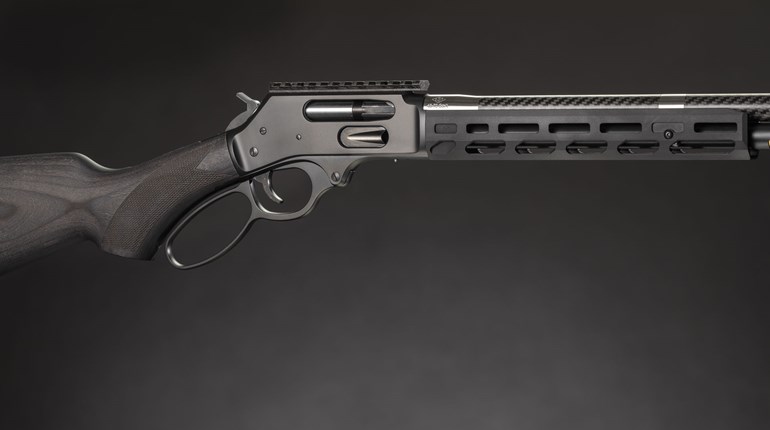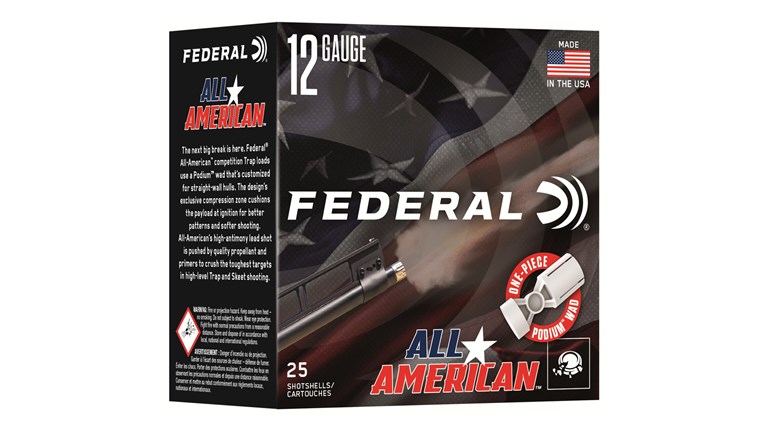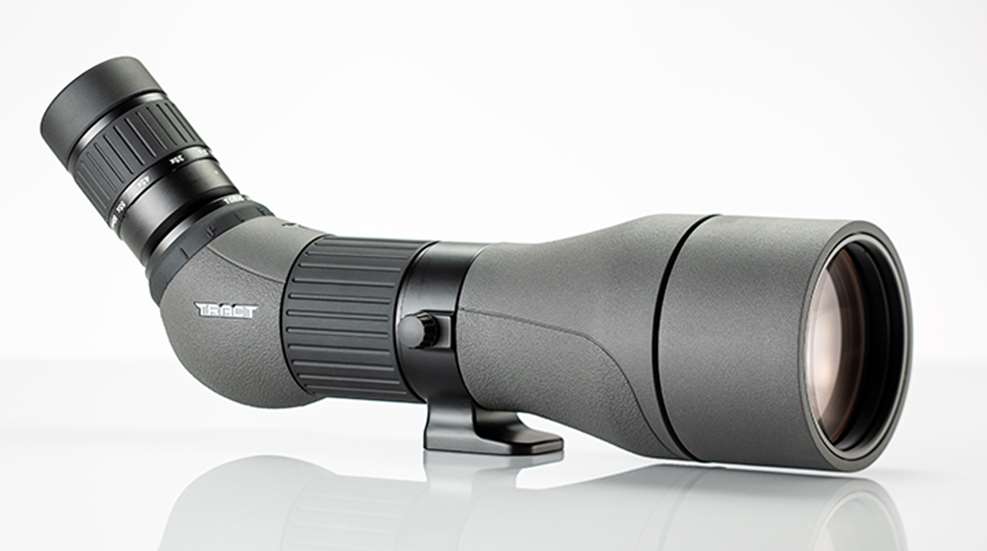
A good spotting scope is a “must-have” for hunters, even though many have not discovered that yet. It’s a great tool for scouting, even in the East where I live. You can watch from a distance with a good scope to judge deer without them knowing you are around. For hunting open country, a spotting scope is indispensable. I keep one in my truck at all times, both to look at wildlife and for shooting at the range.
Cheap spotting scopes are like looking through a filthy window as you crank up the power, and you can never quite achieve focus at the higher powers.
“Is it a 10-point or an 8? Is it even a deer?
Been there, done that. But now, I am officially a spotting-scope snob. Life is too short to use crappy spotting scopes.
The problem we all face is the price. I just looked on the Web and one of the best European scopes was listed as costing more than five grand. Sure, nobody wants a lousy spotting scope, but most of us can’t afford that kind of money.
So what to do?
It’s a changing world, and the Internet is driving that change. Old, established norms are being replaced. With the success of direct-to-consumer sales come great options for customers, even in spotting scopes.
Tract Optics is a direct-to-consumer optics company started by two former longtime employees of Nikon. Because they are direct-to-consumer, the cost-to-quality ratio of their products is extremely high. Tract optics feature Schott glass, great coatings and precision mechanics. I have used their riflescopes since they started in business and have recommended them to many people. Now Tract has entered the spotting scope market, and after using one of their spotters for several months now, I gotta tell you, I really like it.
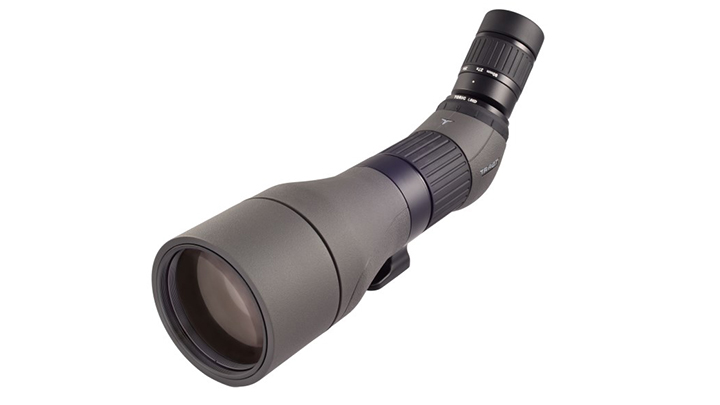
The new Toric UHD 27-55x80 is a variable-power spotting scope with a twist-up, multi-position eyecup set in a locking angled eyepiece, ideal for extended glassing at game. It features Schott HT glass, multicoated Schmidt-Pechan roof prisms and fully multicoated lenses. What does that mean in English? It means the Toric delivers a bright, sharp, clear image with true colors, and its lenses repel dirt, oil and debris.
That sounds great, but the issue for me is, how do you test a spotting scope? It’s not like a riflescope that you can shoot for accuracy, a scope you can "walk" around the target to test adjustments. So, I decided to just use it—a lot. In addition to watching deer and turkeys at various ranges in varying light, I used the Toric at the range and asked all my shooting friends to use it as well so I could get a variety of opinions.
We used it for spotting bullet holes on targets out as far as 400 yards and for spotting hits and misses when shooting at longer-range steel targets. Everybody loves this scope.
To one 200-yard rifle shoot I took the Tract spotting scope as well as high-end spotting scopes from the Pacific Rim and Europe, and asked every shooter to try all three without telling them any specifics. To a man they all chose the Tract as the scope they liked best. I even tested the ruggedness of its aluminum body and rubberized housing when the Toric fell out of my truck. Other than my panic attack, no harm done.
Through the Toric, the image stays sharp and in focus, even at the highest magnification. I have learned from using a lot of spotting scopes over the years that image sharpness throughout the magnification range is one of the most important things. So many are good until you turn them up, then they become the morning after, when a 10 at the bar is a five in the morning light. This scope stays a 10 all the way to max magnification. It takes great optics to spot bullet holes at 400 yards, but this scope did it well. I wish I could say my group was outstanding that day, but my mother told me not to lie.
Technical Specifications
• Type: variable-power spotting scope
• Magnification: 27x-55x
• Objective Lens Diameter: 80mm
• Eye Relief: 17mm (27x), 16mm (55x)
• Exit Pupil: 2.96 (27x), 1.45mm (55x)
• Field of View @ 1,000 Yards: 105’ (27x), 73’ (55x)
• Coatings: fully multi-coated
• Construction: aluminum and polycarbonate body; Schott HT Glass, ED Objective lens, Schmidt-Pechan roof prisms,waterproof, fogproof, shockproof, rubberized housing
• Dimensions: length 15.5”; width 3.75”; weight 67 ozs.
• Accessories: lens covers, cleaning cloth
• MSRP: $1,494; tractoptics.com













